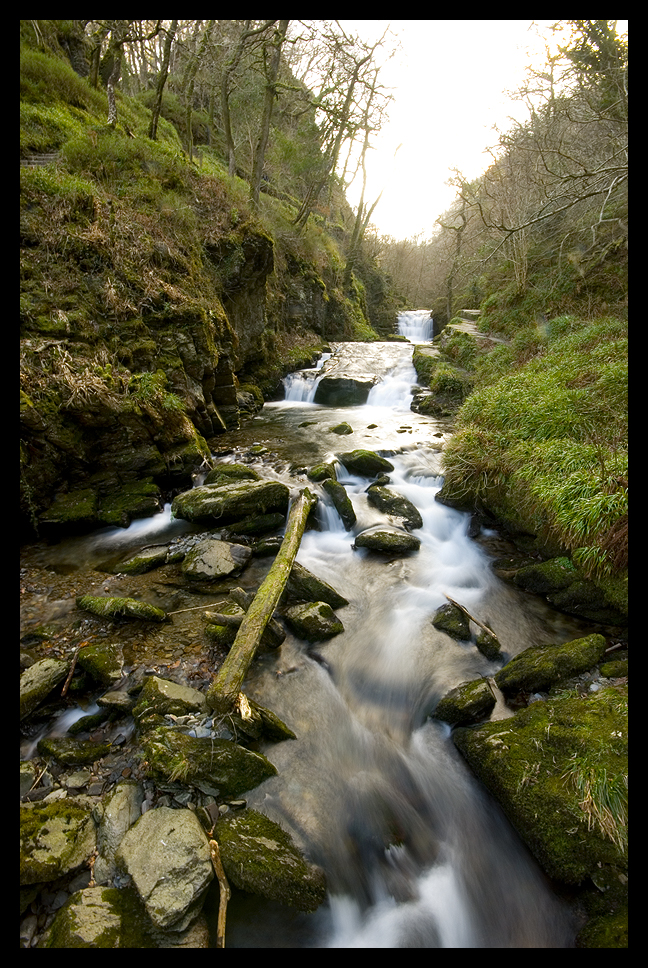Guys,
Whats the best settings to use when taking pictures of water when it is flowing or the sky to create that look of motion rather than it looking static?
Example:

I've seen tutorials on youtube where they use Shutter Priority mode with a setting of around 1/4 of a second but when i do this i just get a picture filled with white light - like a sheet of plain white paper!
What am i doing wrong?
Camera is Sony A200
Whats the best settings to use when taking pictures of water when it is flowing or the sky to create that look of motion rather than it looking static?
Example:

I've seen tutorials on youtube where they use Shutter Priority mode with a setting of around 1/4 of a second but when i do this i just get a picture filled with white light - like a sheet of plain white paper!
What am i doing wrong?
Camera is Sony A200










